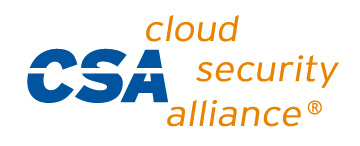
Rethinking Employee Referral
The employee referral is commonly known as the best source for candidates. It's faster, cheaper, and higher quality than any other source. Companies have been experimenting with variations of employee referral programs for decades, with different types of incentives, cash versus prizes, integration of social media, leaderboards and gamification. However, I believe there's opportunity to completely rethink how we approach employee referral, making it more than just a source.
First, let's talk about why employee referral is a high quality source. Where does the intrinsic value come from?
Plain and simple, it's the fact that an employee who knows the company culture can refer a candidate that is a fit. The value in the referral is all about knowledge and information.
I have made the case before that all of our policies and programs used to promote referrals can actually diminish the value. If you pay cash for a referral, it is likely that some of your employees will refer candidates for the money - and, not so much for the fit.
A trend that we have seen in the last few years is where candidates use their social network to find people they know who work for the company, and then they can ask to be referred. This can create situation where employees might refer people based on peer pressure and have nothing to do with quality.
This GE commercial with Owen sort of illustrates this point.
With that said, there is one policy that is at the foundation of almost every employee referral program that should be reconsidered. The rule is that only one employee can get credit for a referral. The reason for this is to avoid having to pay a referral bonus to more than one person. Some companies go as far as preventing referrals for candidates who are already in the database. Again, the reasoning is tied to not having to pay a bonus for someone we have already sourced.
If the value of the employee referral as a source is about the knowledge and information, then we should think about how our programs can be designed to maximize the amount of quality information about a candidate. This policy limits the number of endorsements a candidate can have to only one employee and in some cases we may even ignore the endorsement if the candidate already applied in the past.
By blowing up this policy and focusing on the knowledge and information gained from an employee referral, there is a real opportunity to rethink the referral program entirely and design a system that maximizes value.
What if we flip the paradigm and instead of limiting the referral credit to one employee, we try to give credit to as many employees as possible?
In my next post, I will describe what I believe to be the Employee Referral Program of the future.
---
What are your thoughts on employee referrals?
Get the latest talent experience insights delivered to your inbox.
Sign up to the Phenom email list for weekly updates!









